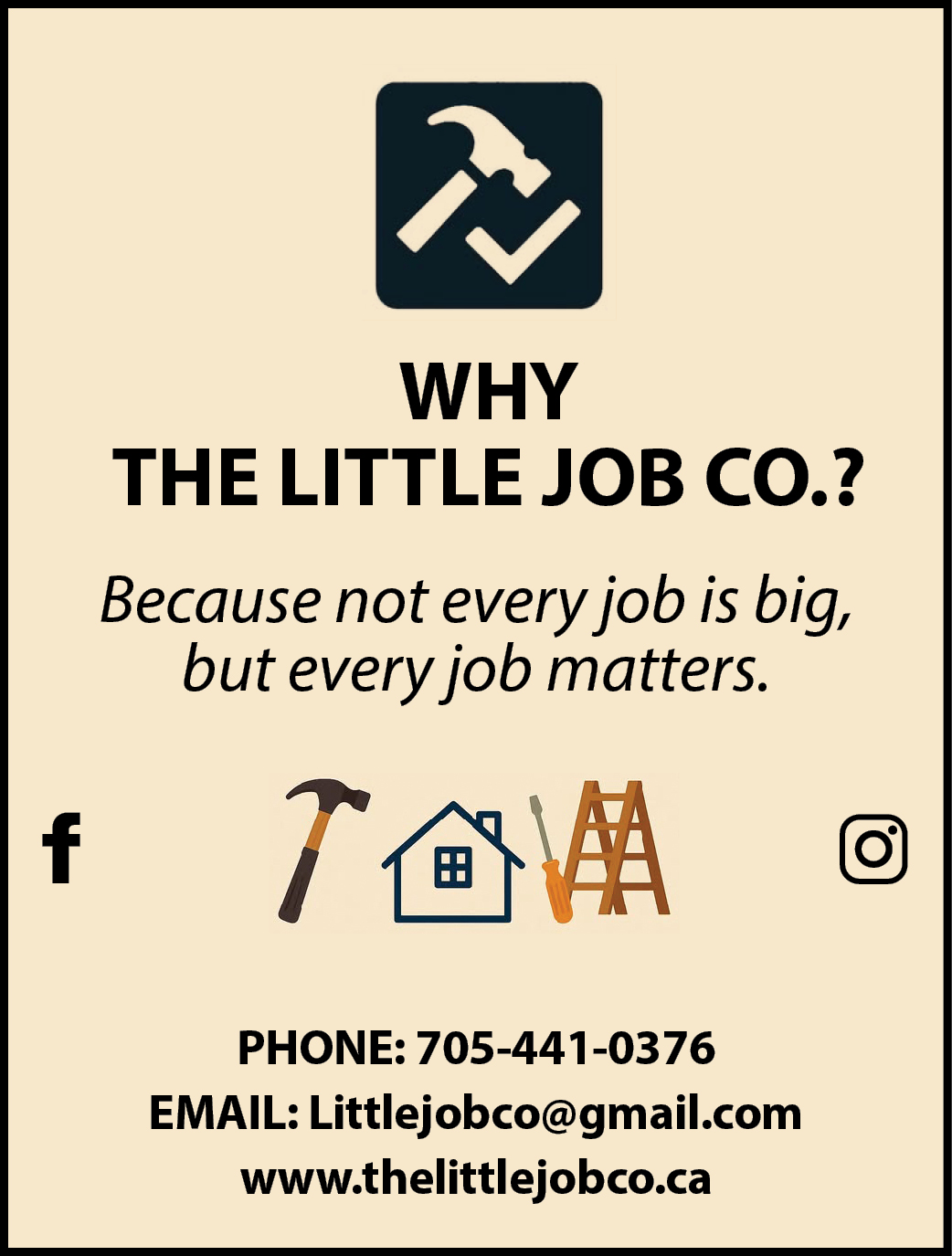 In recent discussions that I’ve had with some locals about the final roster of candidates in the upcoming municipal election, more than a few have noted the lack of female candidates.
In recent discussions that I’ve had with some locals about the final roster of candidates in the upcoming municipal election, more than a few have noted the lack of female candidates.
In 2014, seven of the 20 total candidates for the various council positions were women, equivalent to 35 percent.
In 2018, of the 16 candidates who ran for council positions, six were women, or nearly 38 percent.
But in this year’s municipal election, we have a total of 15 candidates, and just one woman, incumbent deputy mayor, Shirley Keaveney, seeking election. With no challenger, Keaveney has been acclaimed, and will return to her position for the next term of council without needing our votes.
For a municipality that has had a woman as mayor for the past two terms of council, amounting to eight years, and a female deputy mayor for the most recent term of council, it is perhaps surprising that not a single woman aside from the incumbent deputy mayor opted to run for a council seat in this election.
If no women choose to run in any given election, that is not something any of us can change, but I think it is worth asking some questions in order to understand why.
So why are we heading into a municipal election with 14 male candidates and just one female candidate? Could we be seeing a new trend of women moving away from politics?
Just a few months ago I had read an article published by the CBC in which they explored the exodus of women in politics in Quebec, where one in four women are not seeking re-election to Quebec’s National Assembly.
“One in four women in Quebec’s National Assembly aren’t seeking re-election. What happened?” the article asked. The article suggested in part that the political world has become a nasty environment that perhaps women are opting out of.
“Melanee Thomas, an associate professor at the University of Calgary whose research focuses on gender-based political inequality, says women in politics are more likely than their male counterparts to encounter a type of animosity that goes beyond partisanship, whether through violent threats on social media or repeated criticism about who they are rather than what they do. “It is deliberately designed to keep them from doing their job, and it is motivated by sexism,” Thomas said in an interview. “It’s designed to torment them and to suck up mental energy, and make it harder,”” the article suggested.
Two years ago, U.S. based Forbes Magazine also explored the lack of female political leaders.
“What stops more women from running for political office?” the magazine asked in an article published in 2020. “It’s not that women are more likely to lose elections: taking away factors like incumbency, women and men win at the same rate. And when they are in office, women actually outperform the men in terms of co-sponsoring legislation or bringing money to their home districts. Women are also more likely than men to vote in elections. Plus, a majority of adults believe that too few women attain high political office, although there is a gender gap: almost 70% of women believe that statement compared to just half of men, and women are more likely to see gender discrimination as a significant factor. Approximately 60% of Americans believe that women need to do more to prove themselves than do men.”
The article noted that there are many reasons for the lack of representation of women in the political world, but a study out of the University of Chicago highlighted two major reasons.
“They found two major reasons for women’s underrepresentation. First is ‘election aversion’, or women just not wanting to run, perhaps because of differing political ambition or because women underestimate (and men overestimate) their qualifications. The second is voter bias against female candidates, which, they believe, still exists,” the article explained. “The two factors work together and help explain why women are comparatively successful when they run — and when they are in office. As women make the decision to run, they are strategically and carefully calculating whether they will win. So, the only candidates who run are very strong, and they can overcome voter bias.”
Are we seeing in Meaford symptoms of a wider problem? Are women moving away from seeking elected positions? I certainly hope not, but concern is growing.
It’s not that Meaford is short of talented, educated, driven women, as anyone who has visited our downtown businesses, where many retail shops and restaurants are owned and managed by women, could attest.
The question of why we have no women on the ballot in October will be one that will no doubt be debated by many, though none of us can say with any certainty what has caused women to take a pass on this year’s municipal election in Meaford. But as someone who has sat in council chambers for some 30 years, what I can say with certainty is that local councils benefit from the perspective and experiences of women, and a council made up of all or mostly men does not truly represent the constituency they are elected to serve.










